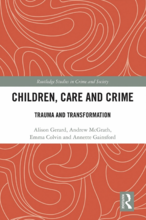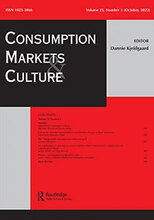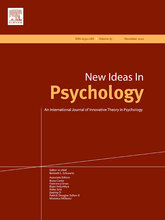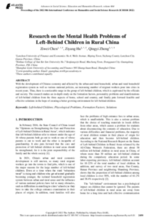Displaying 41 - 50 of 505
This study sets out a framework to help reduce the number of children living in poverty and prevent more families from falling into financial distress.
The Committee highlights, in particular, the gravity of discrimination and gender-based violence against Indigenous women and girls with disabilities who are living in institutions.
This book examines the involvement of those with care experience in the criminal justice system in an Australian jurisdiction. The majority of children in care do not come into contact with the youth justice system. However, among children involved in the youth justice system, those with care experience are overrepresented. The authors focus on the process of colonialisation and criminalisation, rather than crime.
This paper examines the understanding of poverty emerging in voluntourists’ accounts of their first-hand experiences of poverty alleviation. Based on the ethnography of an orphanage in Nepal, the authors show that despite voluntourists’ good intentions and even (self-)criticism of the volunteer tourism approach to poverty relief, their accounts tend to consolidate rather regressive ideas about poverty.
There exists a gap in care leaving literature about the extent to which the labelling and stereotyping of care leavers during their time in residential care facilities affects their transitions into adulthood. This paper presents an analysis of interviews conducted with care leavers from six childcare facilities in Zimbabwe (n = 30).
This sixteenth issue of the South African Child Gauge focuses attention on child and adolescent mental health and how early experiences of adversity ripple out across the life course and generations at great cost to individuals and society. It calls on South African society to put children at the centre of all policies in order to protect children from harm, build their capacity to cope with stress and adversity, and provide them with opportunities to thrive.
This study analyzes the influence of school, family and society on the psychological development of left-behind children in China from the perspective of the factors that affect their psychological problems.
This session on the central role of social protection in tackling child labour took place as part of the 5th Global Conference on Child Labour in Durban, South Africa, on May 18, 2022.
Young Australians exiting Out-of-Home Care (OOHC) face some of the most challenging access to justice issues due to experiences of trauma, increased interactions with the justice system, distrust of government services, high rates of socioeconomic disadvantage and a lack of accessible support services. This article outlines the experience of the Mid North Coast Legal Centre (MNCLC) which, through the LevelUP Project, aimed to bridge this access to justice gap with a shake-up of the traditional legal services model. Through this experience, MNCLC offers some suggestions for legal centres seeking to improve access to justice for this disadvantaged group.
"Left-behind children" refer to children whose parents or one of them go out to work in the city all year round. Due to the education conditions in the city, they stay alone in the countryside. Because they are separated from their parents all the year round, the lack of good family education in their growth environment has brought many negative effects on their growth and also caused more serious social problems. It can be seen that the research on the family education of left-behind children in rural areas is very necessary. Therefore, this study takes G Village in Guizhou Province as an example. This study includes literature review and a interview of 40 left-behind children and 20 guardians in G Village, Guizhou Province. Also, the physical and mental health and safety hazards of left-behind children and their causes were analyzed.








